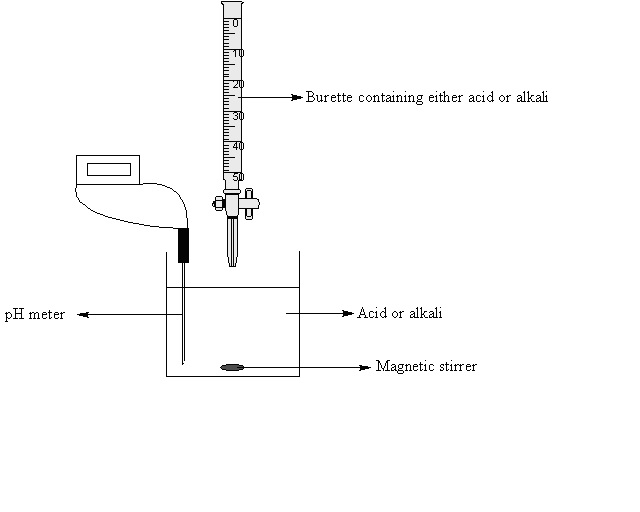Difference Between Dilution and Titre
Table of Contents
The key difference between dilution and titre is that dilution is a chemical composition that we can easily change whereas titre is an exact value that we cannot change.
In the quantitative chemical analysis, dilution and Titre are the two ways of describing the conditions, concentration or the percentage of particular particles, viruses, fats and many other things in a solution. Dilution is the term that describes the lower concentration of a particular solution. We can change the dilution by adding more solvent or by removing the solvent. Titre is the threshold value of dilution at which it is required to carry out the reaction, in case of chemical analysis and infection in case of viruses.
CONTENTS
1. Overview and Key Difference
2. What is Dilution
3. What is Titre
4. Side by Side Comparison – Dilution vs Titre in Tabular Form
5. Summary
What is Dilution?
When a solute dissolves in a medium to prepare a solution, we can do it at different dilution levels. The proper composition reaches by proper dilution so that the solution can be used industrially or in household uses.

Figure 01: The process of Dilution can decrease the Color of a Solution
Hence, if the proper dilution is not there, it will imply that the composition of the solution is not desirable and the solution has no important use. We can either decrease or increase the dilution by removing or adding of the medium in which solute dissolves.
What is Titre?
This is another way of describing the composition of a solution. But, the difference being that it is a minimum concentration level of a solute in a solvent at which a chemical reaction is possible. Titre not only refers to composition but, it also describes the minimum conditions required for a chemical change. Titration is a process that we carry out to determine the concentration of the solution.

Figure 02: Apparatus for Acid-base Titrations
Titre testing uses neutralization reaction between acid and base. There are many physical appearances like the colour change, pH change, conductivity and precipitation that mark the endpoint or the threshold value of concentration reached in a reaction. Furthermore, Titre value for animal fat is expressed in temperature units as 40 degrees centigrade. It is because fat is grease below it and tallow above it.
What is the Difference Between Dilution and Titre?
Dilution is the process of decreasing the concentration of a sample whereas titre is the concentration of a sample determined by titration. The key difference between dilution and titre is that dilution is the chemical composition that we can easily change whereas titre is the exact value that we cannot change. Furthermore, based on the process also we can identify a difference between dilution and titre. The process of dilution is easy because we only need to add more solvent to a solution. But, the process of obtaining titre is difficult because we need to carry out a titration for that. Moreover, a useful difference between dilution and titre is that the process of dilution cannot give details about the composition of the sample while the process of titre gives the chemical composition of a sample.

Summary – Dilution vs Titre
Both dilution and titre are important chemical terms. The key difference between dilution and titre is that dilution is the chemical composition that we can easily change whereas titre is the exact value that we cannot change.
Reference:
1. “Dilution (Equation).” Wikipedia, Wikimedia Foundation, 22 Sept. 2018. Available here
2. “Titer.” Wikipedia, Wikimedia Foundation, 9 May 2018. Available here
Image Courtesy:
1.”Dilution-grenadine” By no machine readable user provided. (CC BY-SA 2.5) via Commons Wikimedia
2.”Acid-Alkali titration”By Chris Evans (CC0) via Commons Wikimedia
ncG1vNJzZmivp6x7pbXFn5yrnZ6YsqOx07CcnqZemLyue8OinZ%2Bdopq7pLGMm5ytr5Wau26wyKWsraGfo3qiusNmraxlpJ7Bs7GO